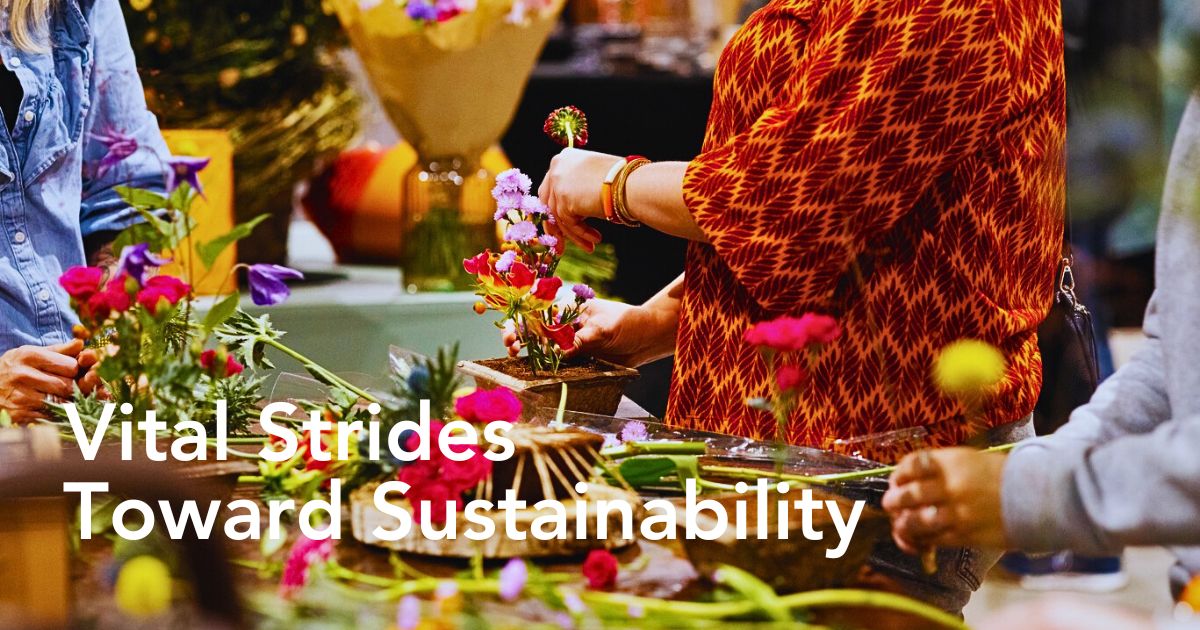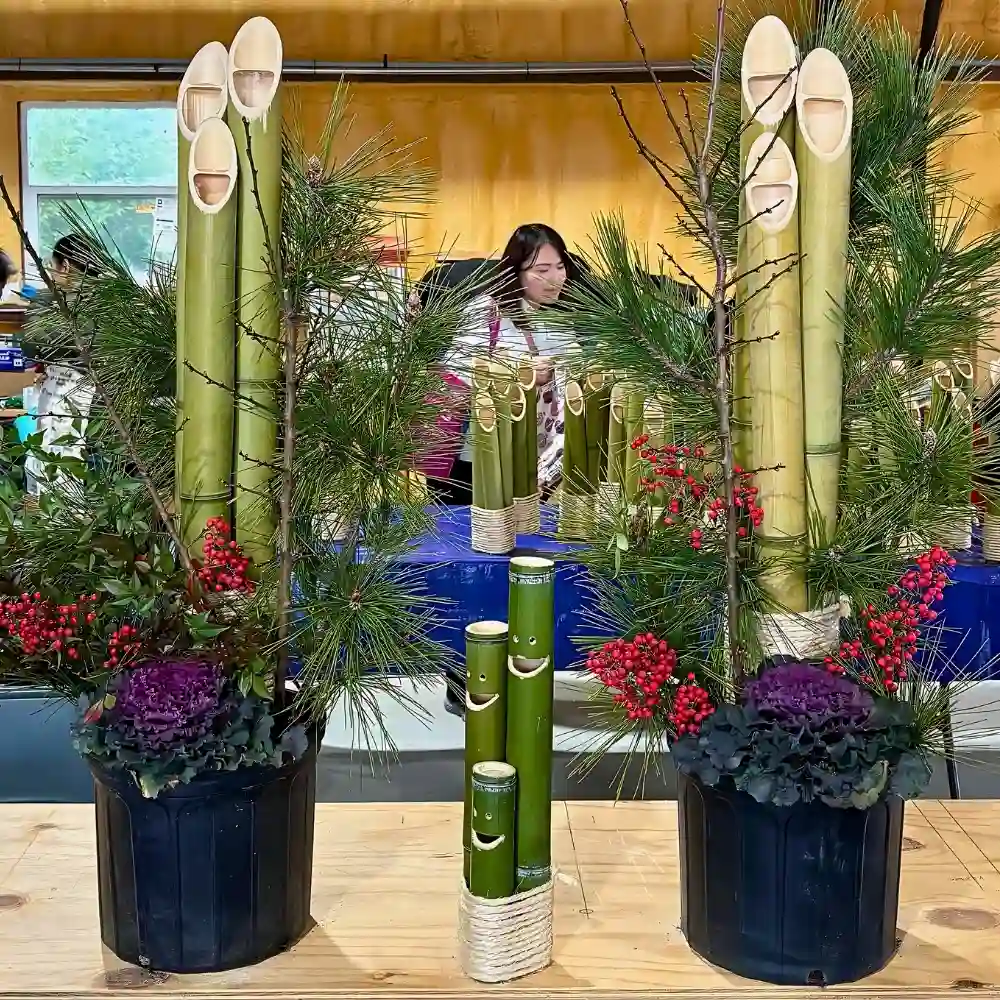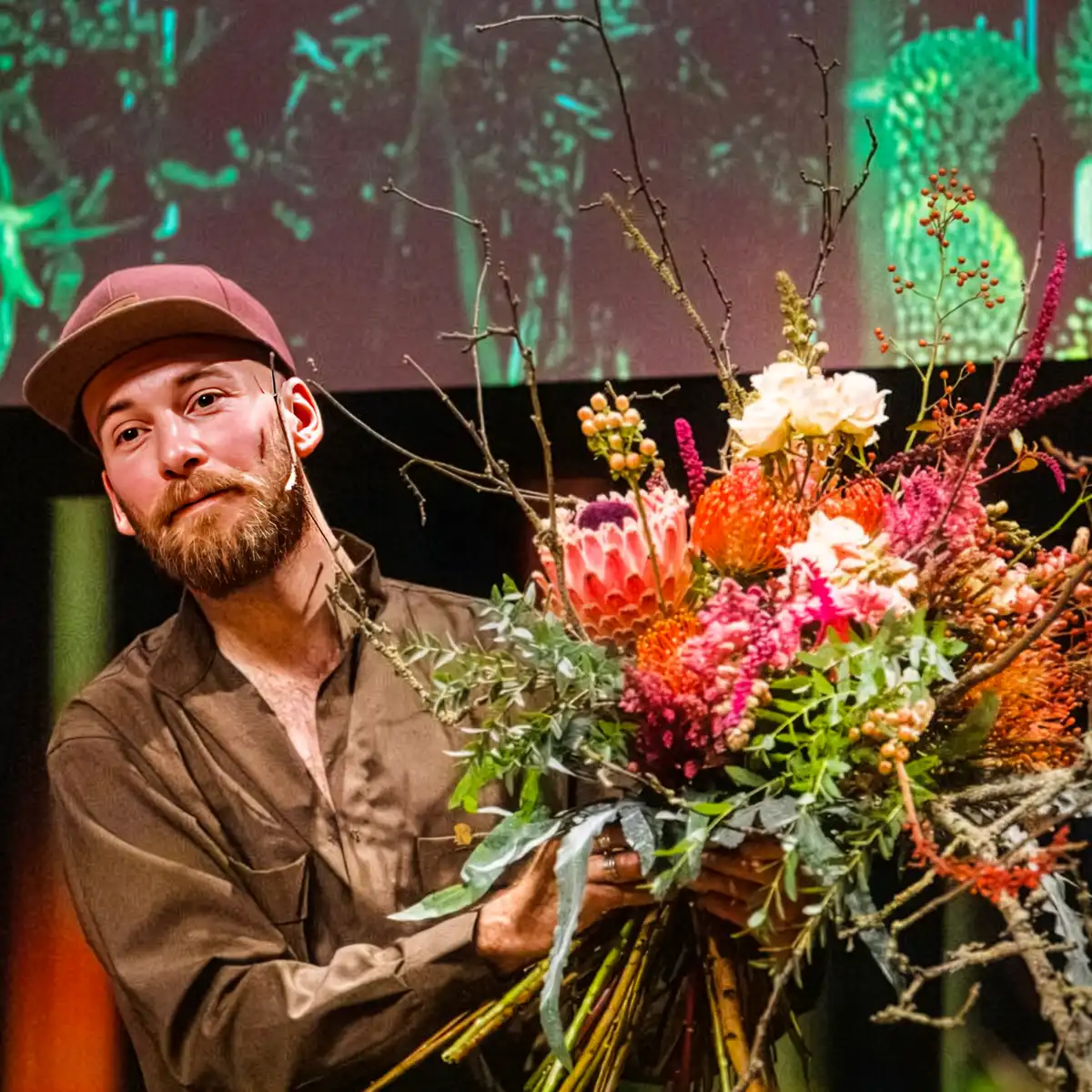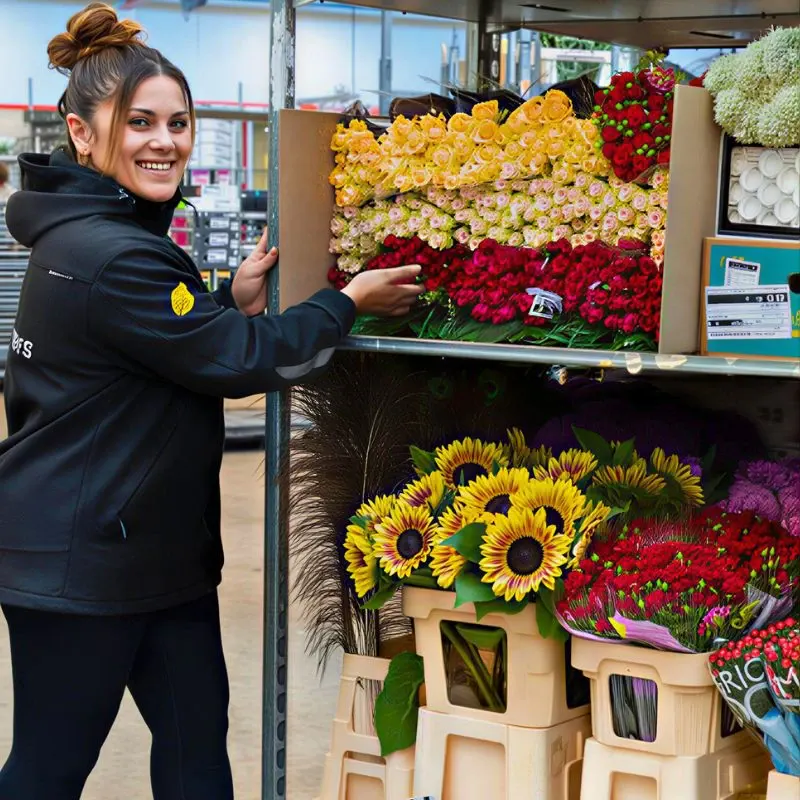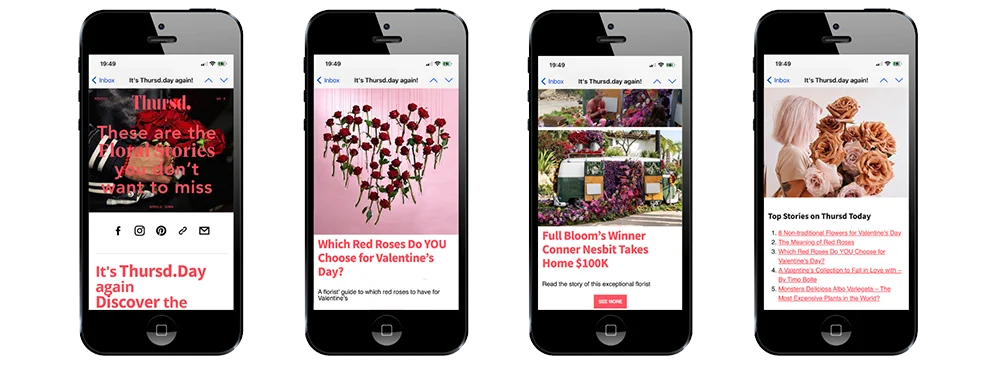In recent years, the drive for sustainability has thrived in different sectors, and the Dutch floriculture industry is no exception. Florists across the country are taking steps to understand and reduce their environmental footprint. In part, this is thanks to innovative tools like FlorIT (Florist Impact Tool), a footprint calculation tool developed by Greenhouse Sustainability together with flower industry organization, Koninklijke Vereniging Bloemist Winkeliers (VBW). FlorIT marks a key step toward environmental consciousness within the traditionally aesthetic-focused flower business.
Rising Environmental Awareness in the Floral Sector
The adoption of FlorIT shows a wider floral industry's social awakening regarding environmental responsibility. VBW’s Operational Director Bram Rijkers notes that awareness about sustainability themes is growing, along with the willingness to take action. "We want to support our members in this journey," Rijkers explains, emphasizing their commitment to facilitating this green transition in the floristry industry.
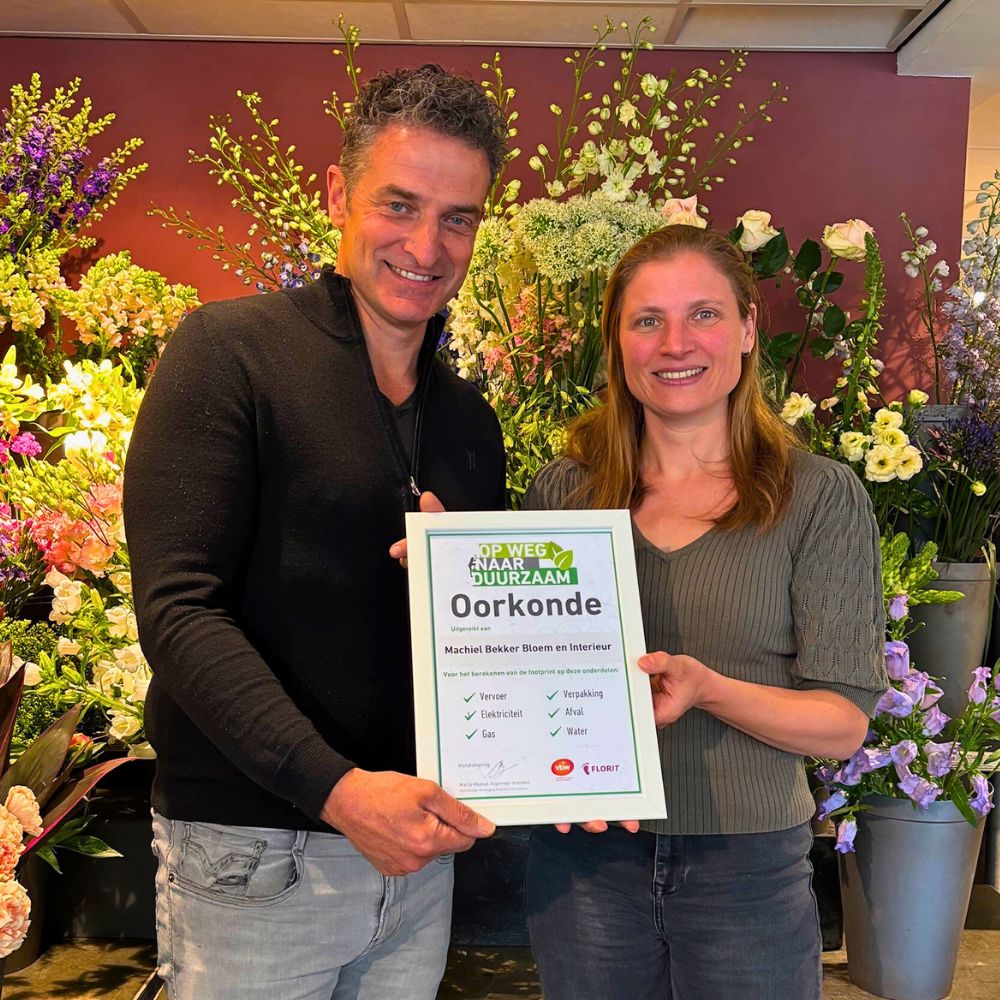
The growing environmental consciousness is driven by increasing societal discussions about product sustainability that regularly appear in media coverage, creating pressure and opportunity for businesses to demonstrate their environmental credentials. For many florists, footprinting has become a recognizable way to showcase their sustainable practices to increasingly environmentally conscious consumers.
Development and Implementation of FlorIT
FlorIT was first developed when VBW connected with Greenhouse Sustainability through the florist network FloraNL. The organization sought to complement its Sustainable Florist Barometer certification (Barometer Duurzame Bloemist), an existing sustainability certification, with a straightforward way to make the impact of sustainable choices visible and quantifiable. The tool was officially introduced by VBW last year, beginning with a carefully selected group of entrepreneurs who successfully piloted the system.
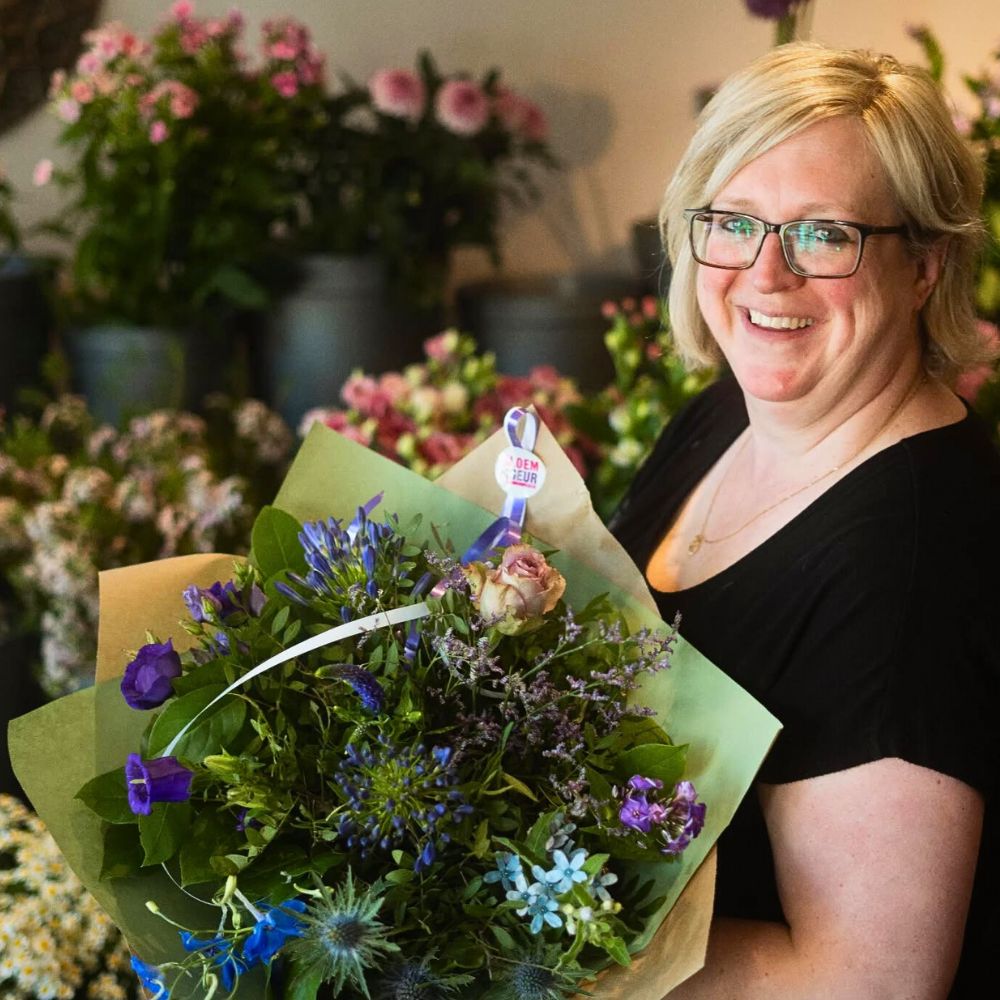
After the practical testing at the beginning of this year, the tool was officially delivered and made available to the wider florist community. The development process involved adapting existing sustainability measurement tools and incorporating specific requirements from the floral industry to create a tailored solution.
Bram Rijkers:
"We determined together that it made more sense for us as a trade organization to take this forward. Based on the existing tooling and additional wishes from our industry, Greenhouse Sustainability developed a customized tool."
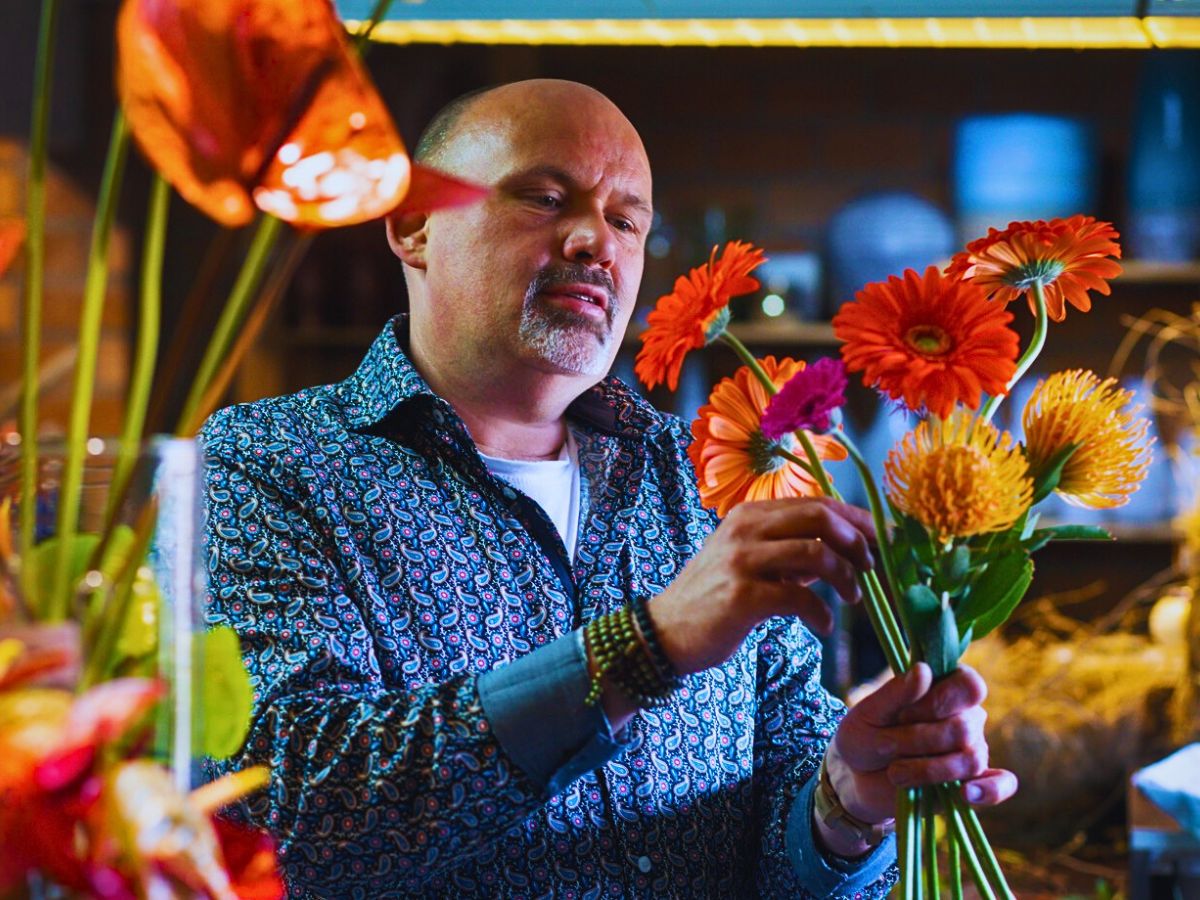
How FlorIT Works in Practice
The FlorIT system calculates florists' environmental footprints based on different factors, including square meters of business space, energy consumption, transportation methods, commuting patterns, and packaging materials. While florists must input this data themselves, they receive comprehensive support from VBW throughout the process. The organization has prioritized making the tool as accessible as possible for its members.
Bram Rijkers:
"We want to make it as low-threshold as possible for our members. To bring them along in this process, we find a personal approach important. We want to engage in conversation and explain what calculating a footprint entails."
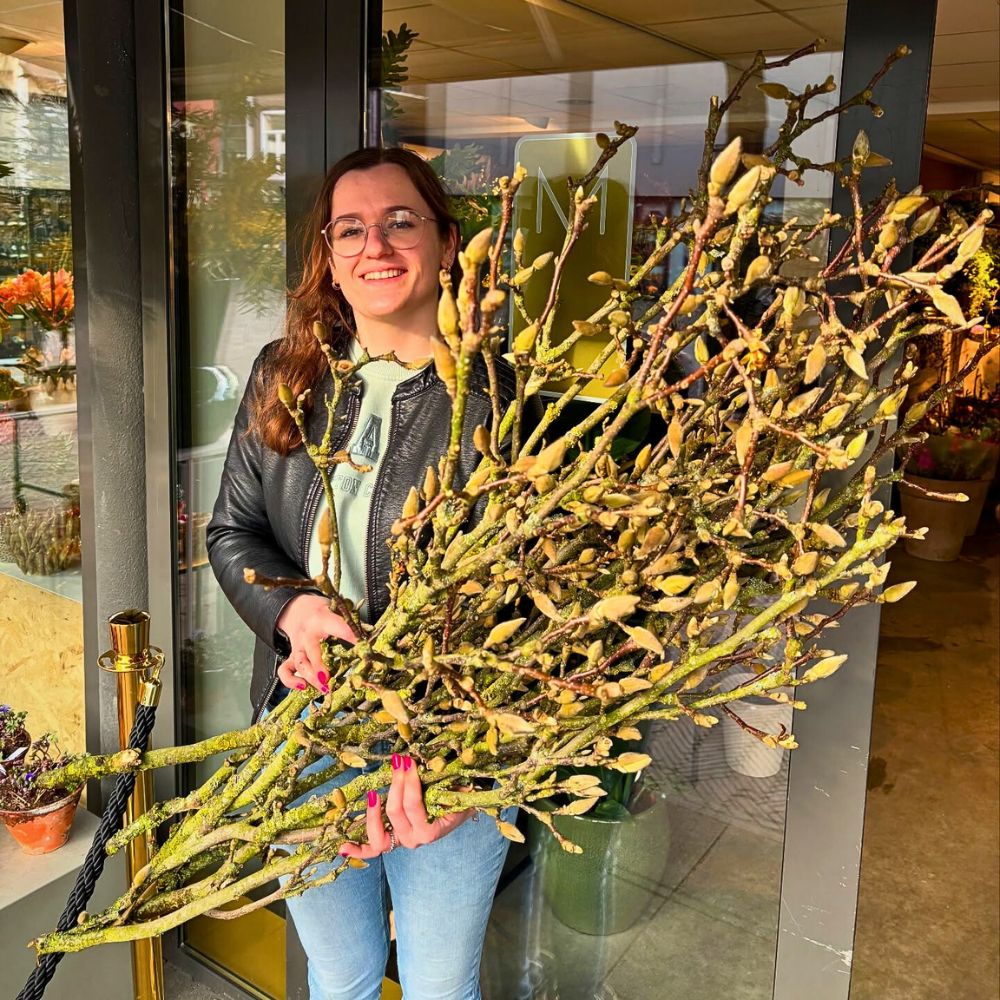
To support this, VBW recently organized several webinars to educate florists about the tool and its benefits. These educational sessions were designed to generate enthusiasm among florists and help them understand both the process and the value of environmental footprinting. The positive response to these webinars encouraged VBW to plan more frequent educational sessions and seek more ways to lower participation barriers.
FlorIT’s Market Response and Adoption Patterns
According to Rijkers, market reactions have been overwhelmingly positive. The growing awareness about sustainability themes and the willingness to engage with environmental initiatives demonstrate the broader societal shifts toward environmental responsibility. This enthusiasm is particularly evident among florists who recognize footprinting as a way to show their commitment to sustainable practices.
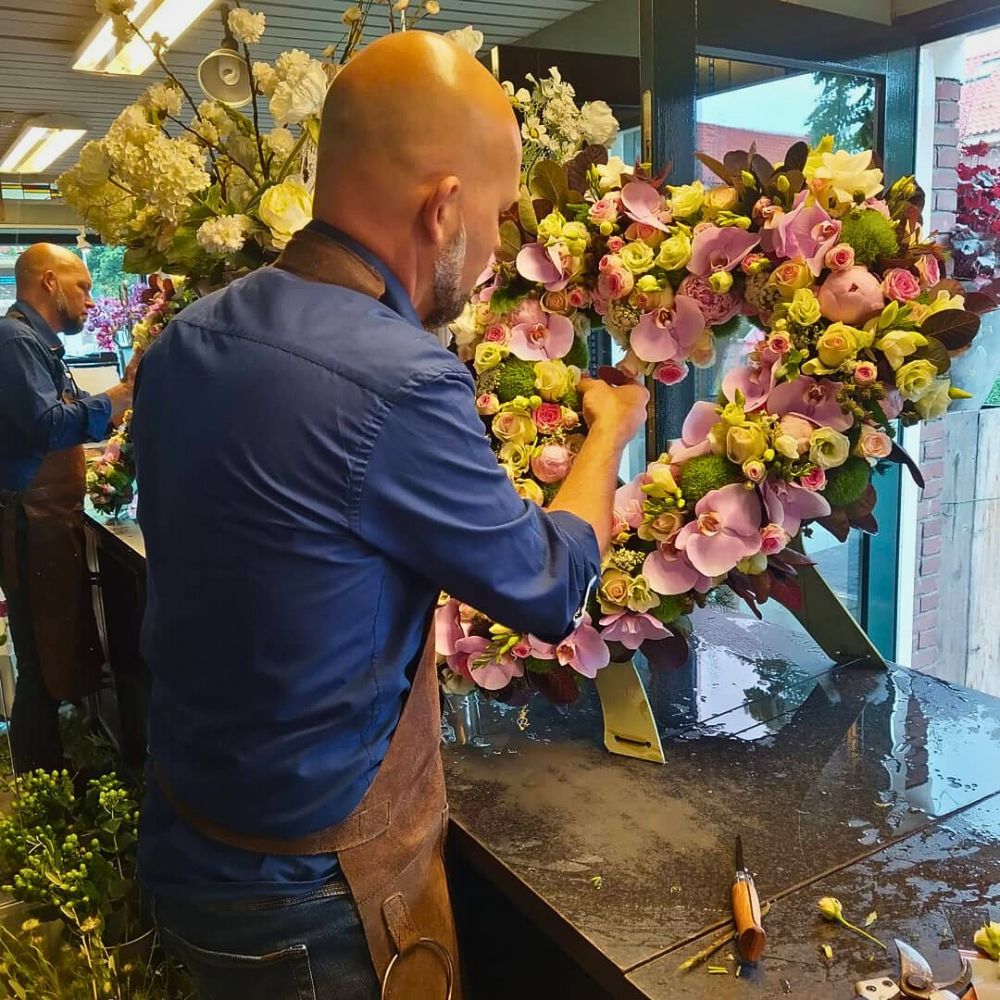
But adoption has not been universal across the industry. He acknowledges that some are less engaged with sustainability initiatives, particularly those in the final phase of their business operations, who often have different priorities. "We understand that too," he notes. "But the group that wants to get started with this is expected to continue growing in the coming years." VBW's measured approach recognizes that sustainability adoption occurs at different paces across different business contexts. He, however, remains optimistic about long-term industry transformation.
For VBW, the application of FlorIT is just the beginning of the florists' sustainability journey. While the tool provides insight into a company's environmental impact, the real value lies in using those insights to identify where improvements can be most effective. The organization supports florists in this next phase both independently and through strategic partnerships.
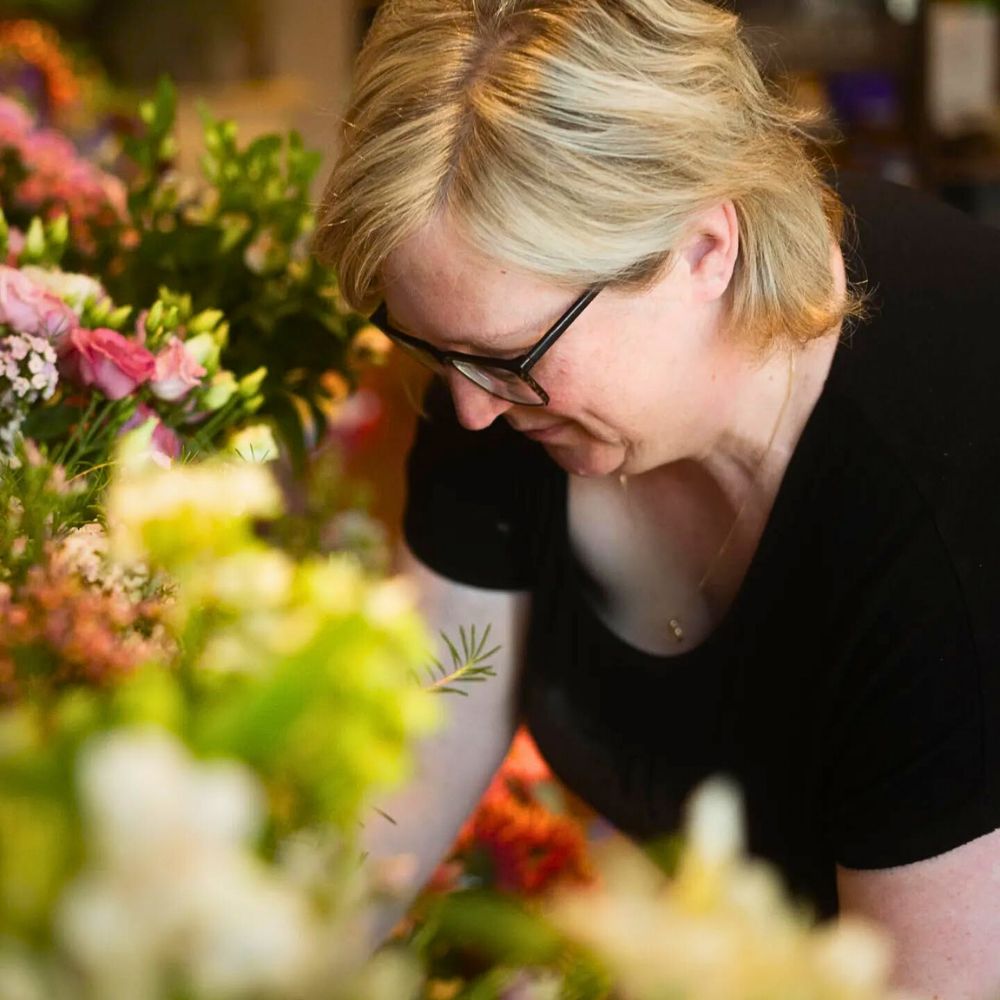
These partnerships include an automotive partner who helps companies make their vehicle fleets more sustainable and a partner specializing in sustainable packaging solutions. This allows florists to take steps that will have the most significant impact on their specific business operations.
Recognition also plays a crucial role in encouraging continued participation and spreading awareness. All florists who have their footprint calculated receive a certificate from VBW, helping them communicate their sustainable efforts to customers and the broader community.
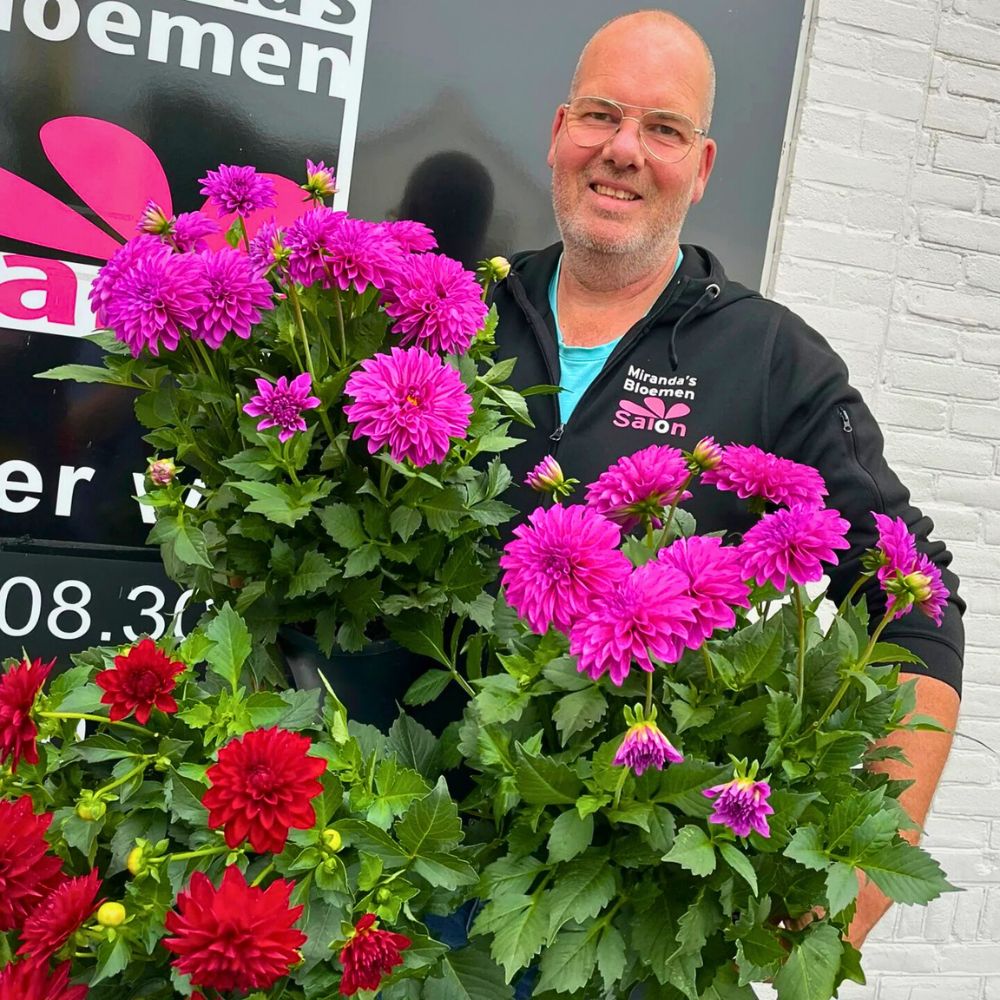
Bram Rijkers:
"We want to help them showcase their sustainable efforts. But we also want to create a ripple effect, so that it becomes even more alive among florists."
Creating an Industry Where Sustainability Is Increasingly Normalized
The fast uptake of FlorIT shows florists' appetite and resolve to contribute to a greener flower industry. As more businesses calculate, understand, and optimize their footprint, the impact extends, encouraging innovation and setting new industry standards, since this tool means more than just environmental measurement, but also creates cultural change within the floral industry.
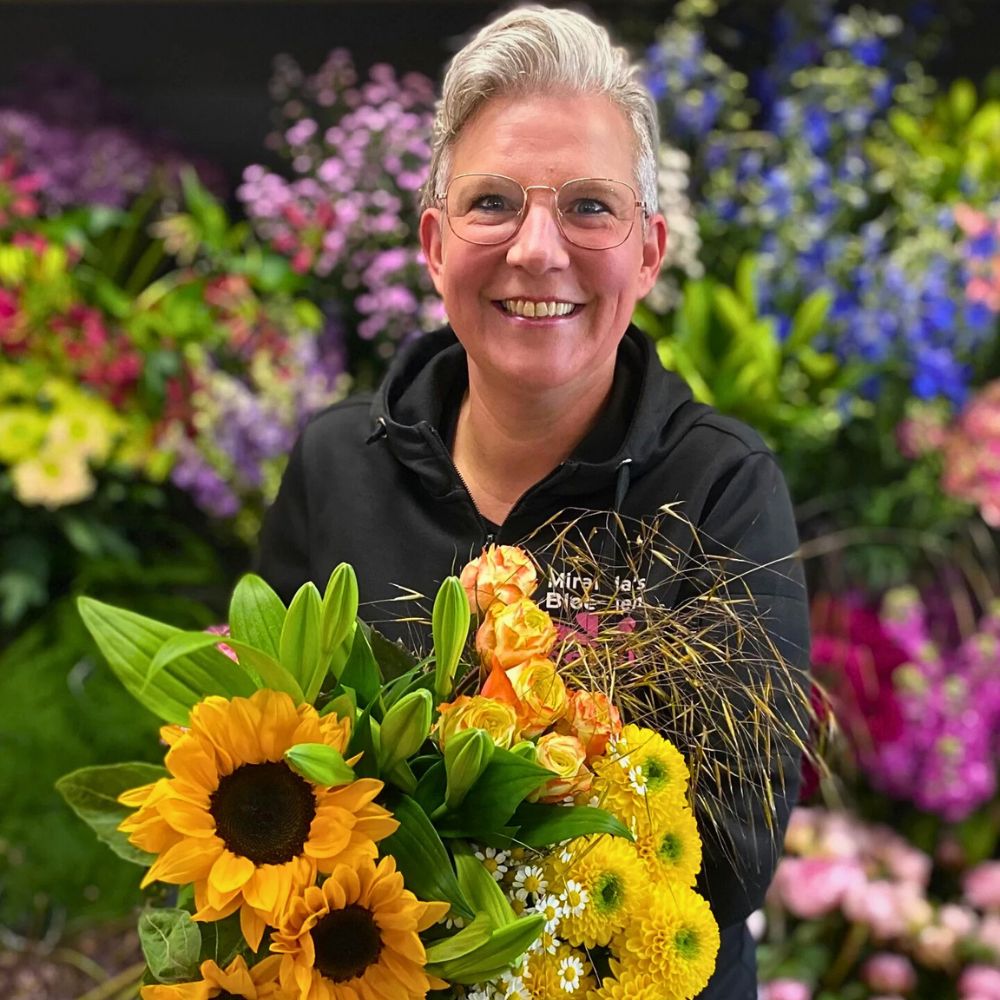
Through this tool, support, and recognition, VBW is helping create an industry where sustainability is increasingly normalized. Plus, their strategy of gradual scaling, alongside personal support and educational initiatives, suggests a sustainable approach to industry transformation; gradually building momentum through positive examples and peer influence. So, as a florist, have you tried the FlorIT tool yet? Be part of those driving sustainable change in floristry.
Unless otherwise indicated, pictures are by Greenhouse Sustainability and VBW.

